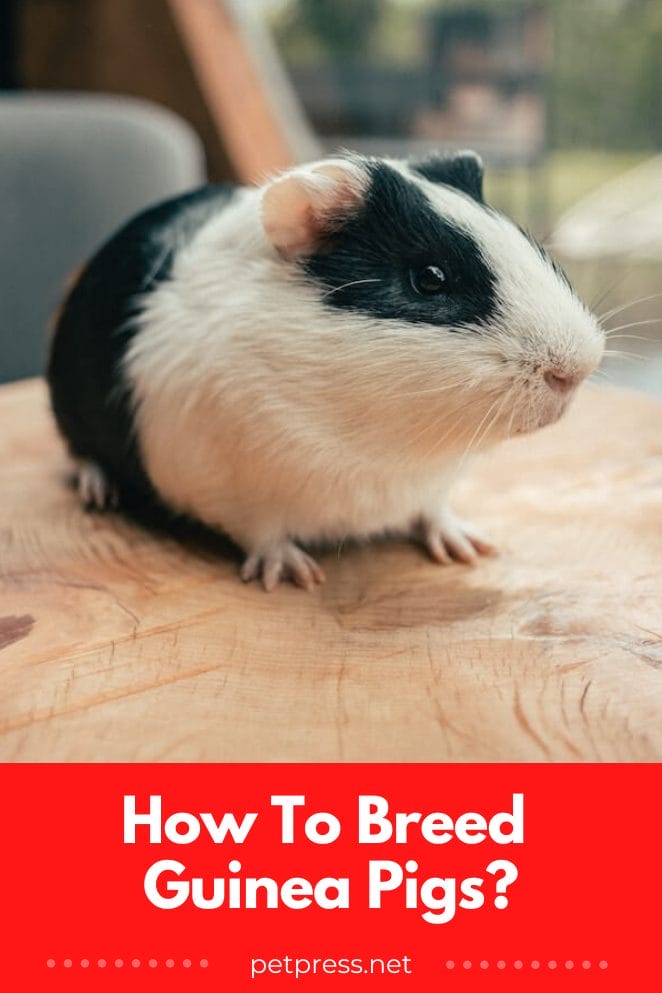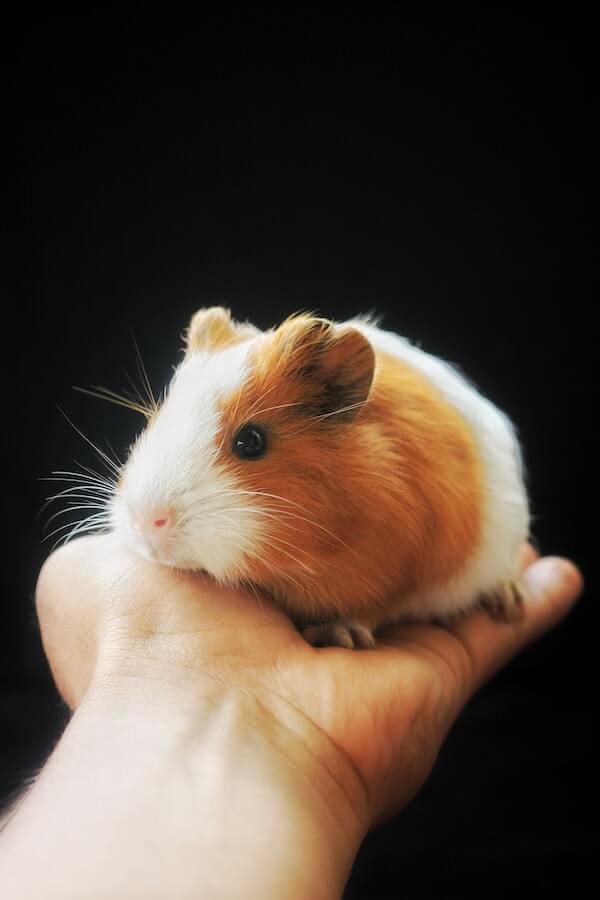
If you’ve been considering getting into guinea pig breeding, now is the time to jump on board! From selecting a healthy pair of potential parents to promoting your adorable little offspring, breeding guinea pigs can be incredibly rewarding. Read on for our guide on how to breed guinea pigs and have your very own furry farm before you know it!
How to breed guinea pigs
Breeding guinea pigs is a fun and rewarding experience, especially when done correctly. Here’s how to get started:
Step 1
First, consider the age of your guinea pigs. It’s best to wait until they are at least 8-10 weeks old before breeding them, as younger piggies may not be physically ready for pregnancy.
Also, it’s important that both parents are in good health and free of genetic defects or other medical concerns prior to breeding.
Step 2
Next, you’ll need to introduce the two guinea pigs in a safe environment with plenty of space for them to establish their own territory.
This will help prevent fighting or aggression between the two and allow them to slowly get used to each other. Keep an eye out for signs of fear or discomfort and provide ample hiding spots in the enclosure.
Step 3
Once your pair is comfortable together, you can start to slowly increase their time spent together until they are ready to breed.
If all goes well, your guinea pigs should be copulating within a few days or weeks.
Step 4
When it’s time for the female guinea pig to give birth, she will need her own birthing box which should contain hay, bedding material, a nesting bowl, and plenty of soft blankets.
It’s important to monitor the mother during this time as she may need help delivering her babies if there are any complications. The average litter size ranges from 1-7 pups so keep that in mind when preparing the birthing box.
Step 5
Finally, a balanced diet is essential for growing pups. Also make sure they are getting enough hay and vitamin C drops each day.

Goals of breeding guinea pigs
There are several goals of breeding guinea pigs, from increasing their population to producing healthier generations. They make great first-time pets and are easier to maintain. Here are the 5 most important goals:
1. To produce healthier, hardier guinea pigs:
This is perhaps the most important goal of breeding guinea pigs, as it ensures that future generations are able to live longer and healthier lives.
Breeding with this goal in mind involves selecting pairs of guinea pigs with strong family histories of good health and disease resistance.
2. To create new colors and coat patterns:
Breeders primarily work towards producing show-quality guinea pigs with unique colors and coat patterns that will help them stand out in competitions.
While this may seem like a superficial goal, having unique coat patterns helps prospective adopters identify which variety they’d prefer!
3. To improve temperament:
By carefully selecting parent animals for their gentle dispositions and selecting for this trait over successive generations, breeders are able to create guinea pigs that are more likely to be gentle with their owners.
4. To increase variety within a species:
Conventionally bred guinea pigs come in just two varieties, the short-haired and the Abyssinian.
Breeding pairs of guinea pigs that have been carefully selected by size, coat type, color, and other characteristics can lead to new variations such as rex coats, curly coats, or even different colors than was previously seen in either parent pair!
5. To preserve rare breeds:
Many heritage breeds have become increasingly rare due to interbreeding with domestic short-haired breeds.
By intentionally breeding only purebred guinea pigs, breeders can help preserve these rare but important breeds.
This is especially true if the heritage variety carries unique genetic traits that might otherwise be lost due to interbreeding.

Do guinea pigs breed easily?
The answer is yes — but only if you provide the right conditions. To ensure successful guinea pig breeding, make sure that your guinea pigs have plenty of space to roam free and access to fresh food and water.
You should also keep the males and females separated until it’s time for mating. Once insemination has taken place, monitor pregnant mothers throughout their gestation period for signs of labor, take note of any dietary changes they may require due to hormonal shifts, and closely observe newborn pups for potential illnesses.
Breeding guinea pigs can be a fun experience – just make sure you’re fully prepared!
Conclusion
In conclusion, if you are up for the challenge oof breeding guinea pigs and willing to put in some extra effort, you’ll be rewarded with adorable pups that bring joy into your life and spread love throughout the world!
So don’t hesitate any longer and start your guinea pig breeding journey today!


GIPHY App Key not set. Please check settings